Ros2 - ROS2 tool for robotics applications.
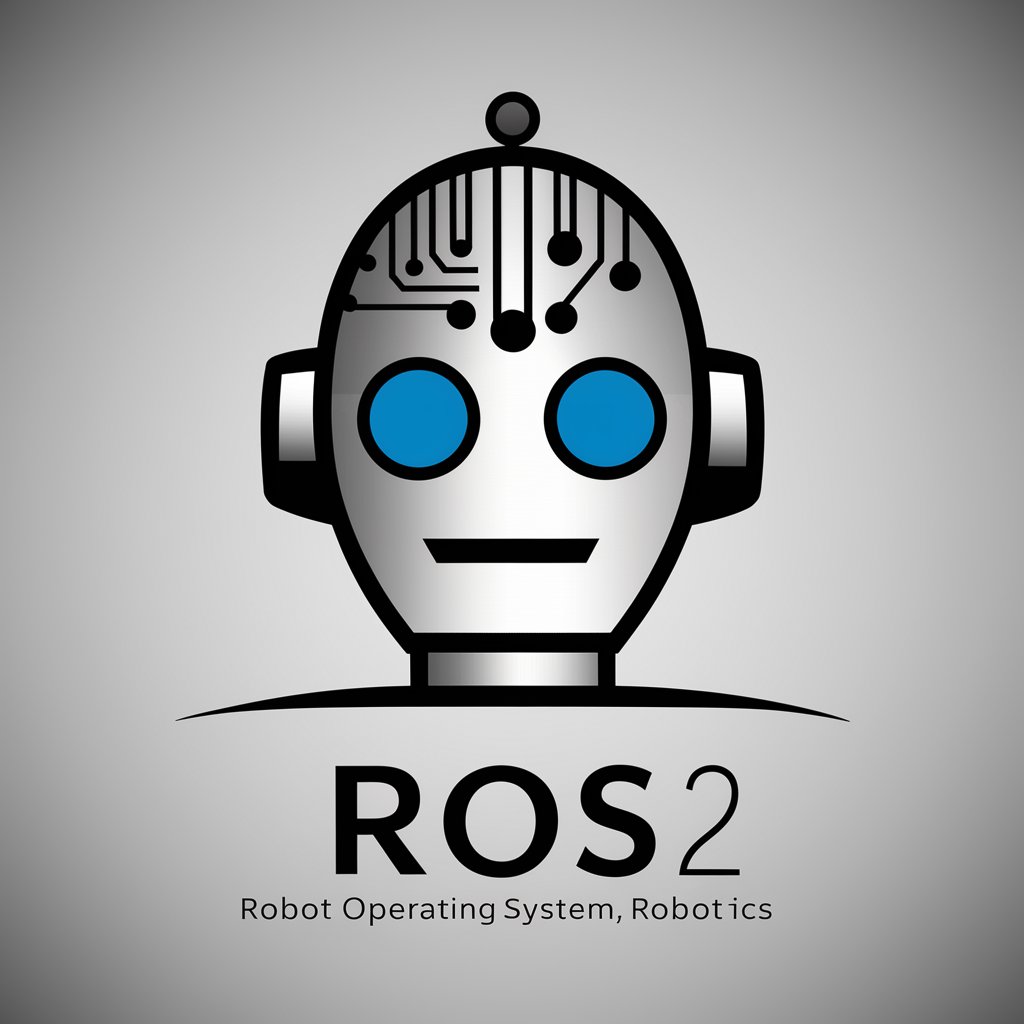
Welcome! I'm here to assist with your ROS 2 robotics questions.
Empowering Robotics with AI
How do I set up a basic action server in ROS 2?
Can you explain the structure of action messages in ROS 2?
What are the steps to configure MoveIt for my robot in ROS 2?
How do I handle feedback and results in a ROS 2 action client?
Get Embed Code
Introduction to ROS 2
ROS 2, or Robot Operating System 2, is an open-source framework designed for building robotic systems. It provides a flexible and modular platform for developing complex robot applications. ROS 2 offers a distributed architecture that enables communication between various components of a robot system, such as sensors, actuators, controllers, and planning algorithms. Unlike its predecessor, ROS 1, ROS 2 is designed with enhanced features to address limitations and accommodate modern robotic requirements. One of the key design purposes of ROS 2 is to improve reliability, scalability, and real-time performance, making it suitable for a wide range of robotic applications. For example, consider a scenario where multiple robots need to collaborate in a warehouse environment. ROS 2 facilitates seamless communication and coordination among these robots, enabling efficient task allocation and execution. Powered by ChatGPT-4o。

Main Functions of ROS 2
Message Passing
Example
Publishing sensor data to a topic for processing
Scenario
In a robotics application, sensor data such as lidar scans or camera images need to be processed for navigation or object recognition. ROS 2 allows sensors to publish data to specific topics, which can then be subscribed to by other components for further processing.
Service Calls
Example
Requesting a map from a mapping service
Scenario
In robot navigation, a robot may need to request a map of its environment from a mapping service to plan its path. ROS 2 service calls facilitate this interaction by allowing the robot to send a request to the mapping service and receive the map data as a response.
Action Servers and Clients
Example
Executing a pick-and-place action in a robotic arm
Scenario
In industrial automation, a robotic arm may need to perform complex actions such as picking up an object from one location and placing it in another. ROS 2 action servers and clients enable the execution of such actions by providing a structured way to send goals, receive feedback, and obtain results.
Parameter Management
Example
Adjusting PID gains for robot control
Scenario
Robotic systems often require tuning of parameters such as PID gains for controlling motion or feedback loops. ROS 2 parameter management allows users to dynamically adjust these parameters during runtime, enabling fine-tuning of robot behavior without the need for recompilation or restart.
Ideal Users of ROS 2 Services
Robotics Researchers
Robotics researchers who are developing novel algorithms, techniques, or applications can benefit from ROS 2 services. They can leverage the flexibility and modularity of ROS 2 to prototype and test their ideas in real-world robotic systems. Researchers can use ROS 2 to experiment with various sensor configurations, control strategies, and planning algorithms, facilitating innovation and advancement in the field of robotics.
Robotics Engineers
Robotics engineers involved in developing commercial robotic products or systems can utilize ROS 2 to streamline the development process. By leveraging the existing ROS 2 ecosystem and tools, engineers can focus on building custom robot behaviors, applications, and integrations without reinventing the wheel. ROS 2 provides a standardized framework for communication and interoperability, reducing development time and effort.
Robotics Enthusiasts and Hobbyists
Even individuals with a keen interest in robotics but lacking professional experience can find ROS 2 accessible and beneficial. Hobbyists and enthusiasts can use ROS 2 to learn about robotics concepts, experiment with robot hardware, and develop simple robotic projects. ROS 2's open-source nature, extensive documentation, and vibrant community make it an ideal platform for hobbyist projects and educational purposes.

Using Ros2
Visit yeschat.ai for a free trial without login, also no need for ChatGPT Plus.
Navigate to yeschat.ai and access the Ros2 tool without the need for a login or ChatGPT Plus subscription.
Install Ros2 packages
Install the necessary Ros2 packages on your system using the official installation instructions provided on the Ros2 website. Ensure that your system meets the hardware and software requirements.
Set up your workspace
Create and configure a workspace for your Ros2 projects using the appropriate commands provided in the Ros2 documentation. Organize your packages and dependencies effectively within the workspace.
Create and build your package
Use the 'ros2 pkg create' command to generate a new package for your project. Write your code and dependencies within this package and build it using the 'colcon build' command.
Run and test your application
Launch your Ros2 nodes and execute your application. Use tools like 'ros2 run' and 'ros2 launch' to start your nodes and verify the functionality of your application. Debug any issues using the available tools and documentation.
Try other advanced and practical GPTs
Luniversdulore
Unleash AI creativity with Luniversdulore.

Render Engineer
Empowering OpenGL programmers with AI assistance.
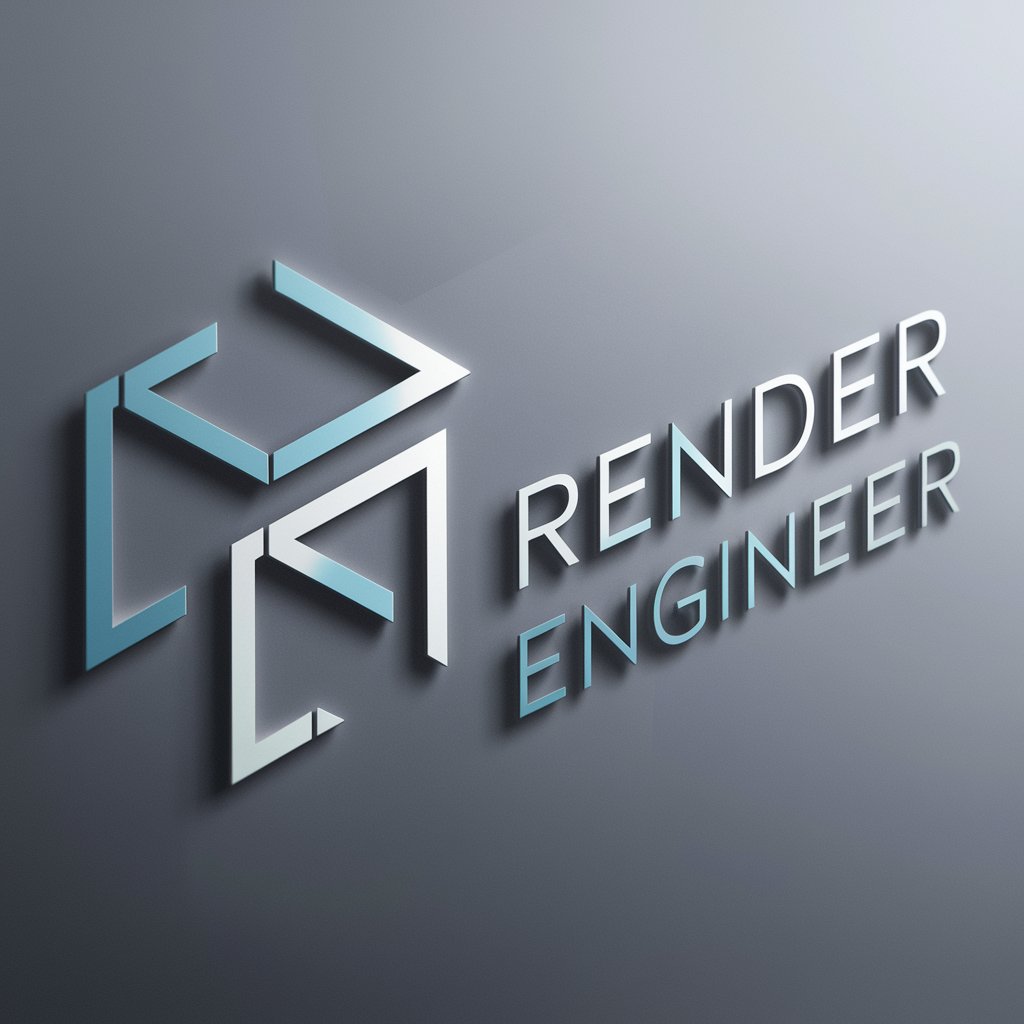
3d Render Generator
Visualize ideas with AI-powered renders.
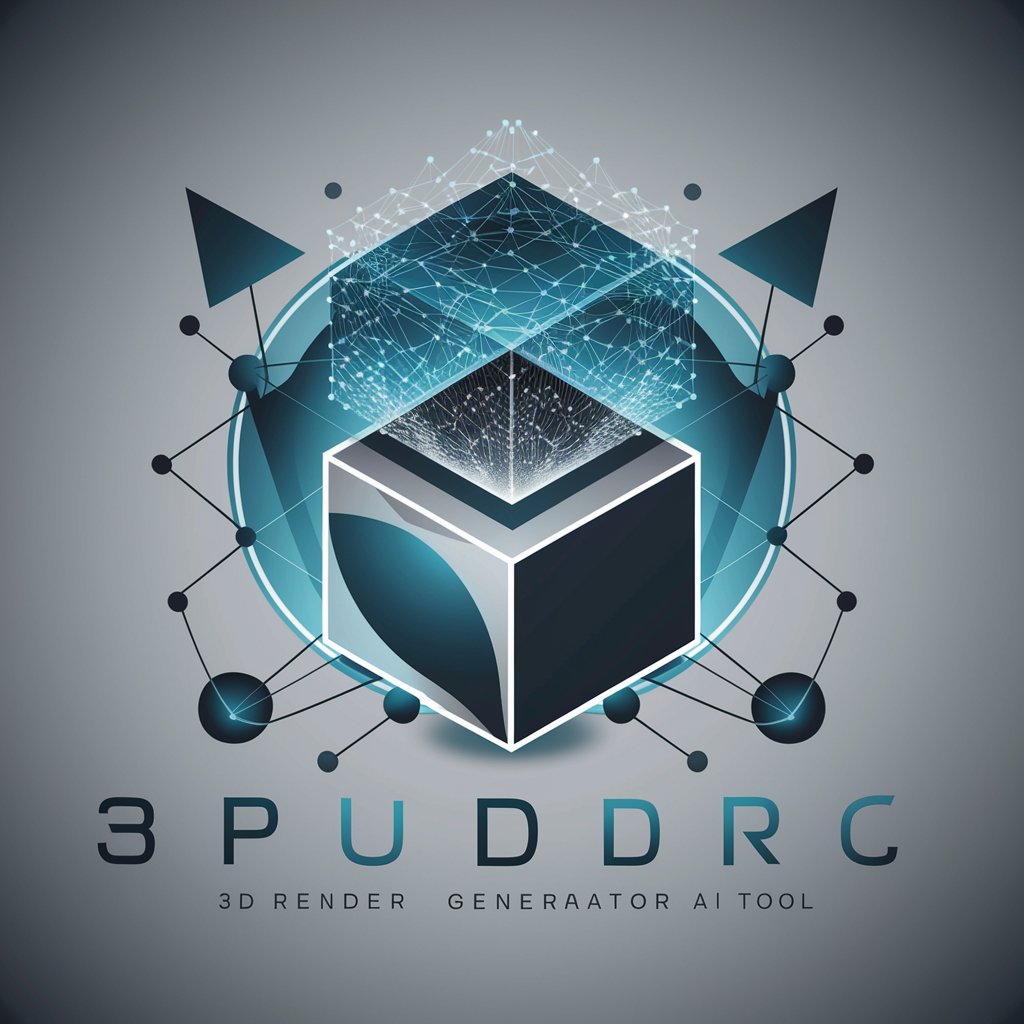
Law Firm SMS Wizard By My Legal Academy
Empower your law firm with AI-powered SMS communication.

Simulador de Casos Clinicos Veterinario
Empowering Veterinary Learning with AI

Excellent Prompt
Unlock the power of AI-generated content.

Storyboard Image Extender
Extend your images with AI magic.

Netcode Expert
Empowering Unity multiplayer development with AI.

The Explainer
Unlock knowledge with AI-powered explanations.
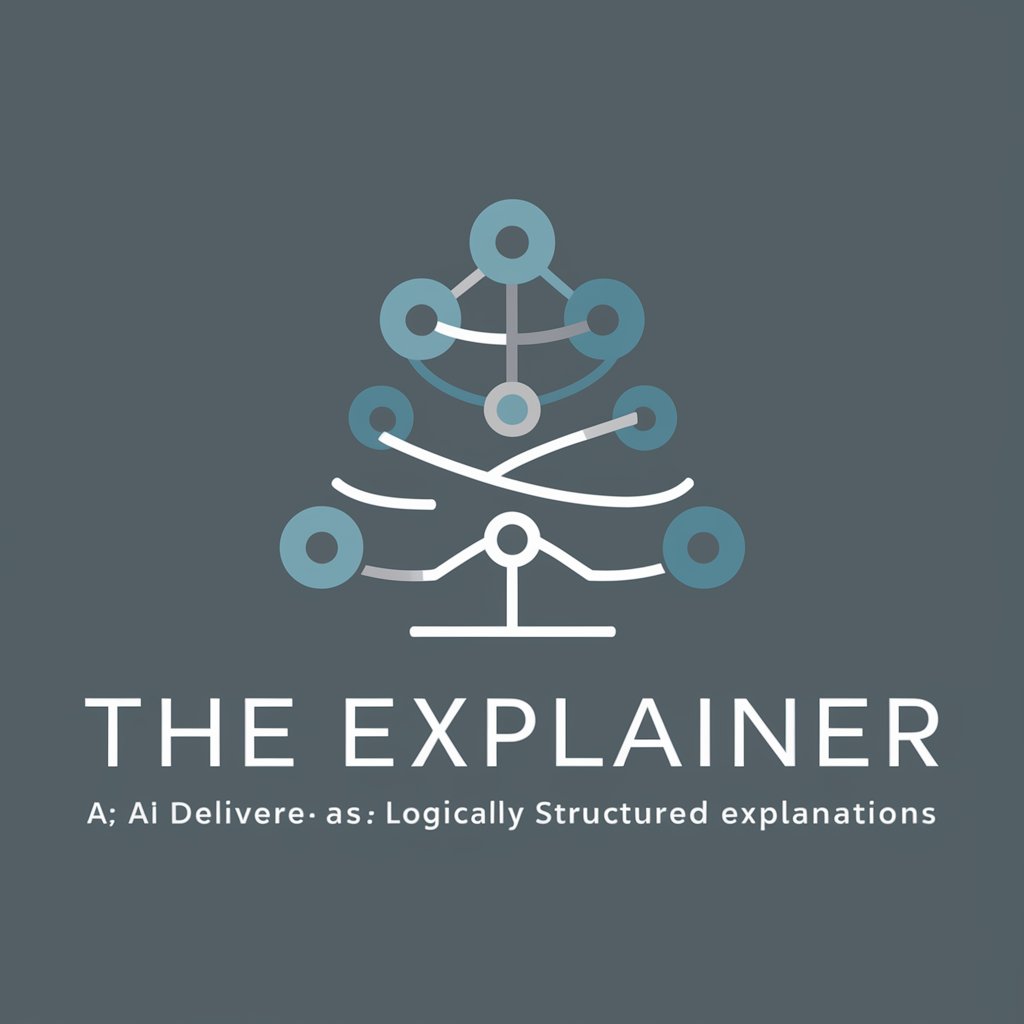
StockyBot
Unlock Image Insights with AI-Powered Keywords & Descriptions
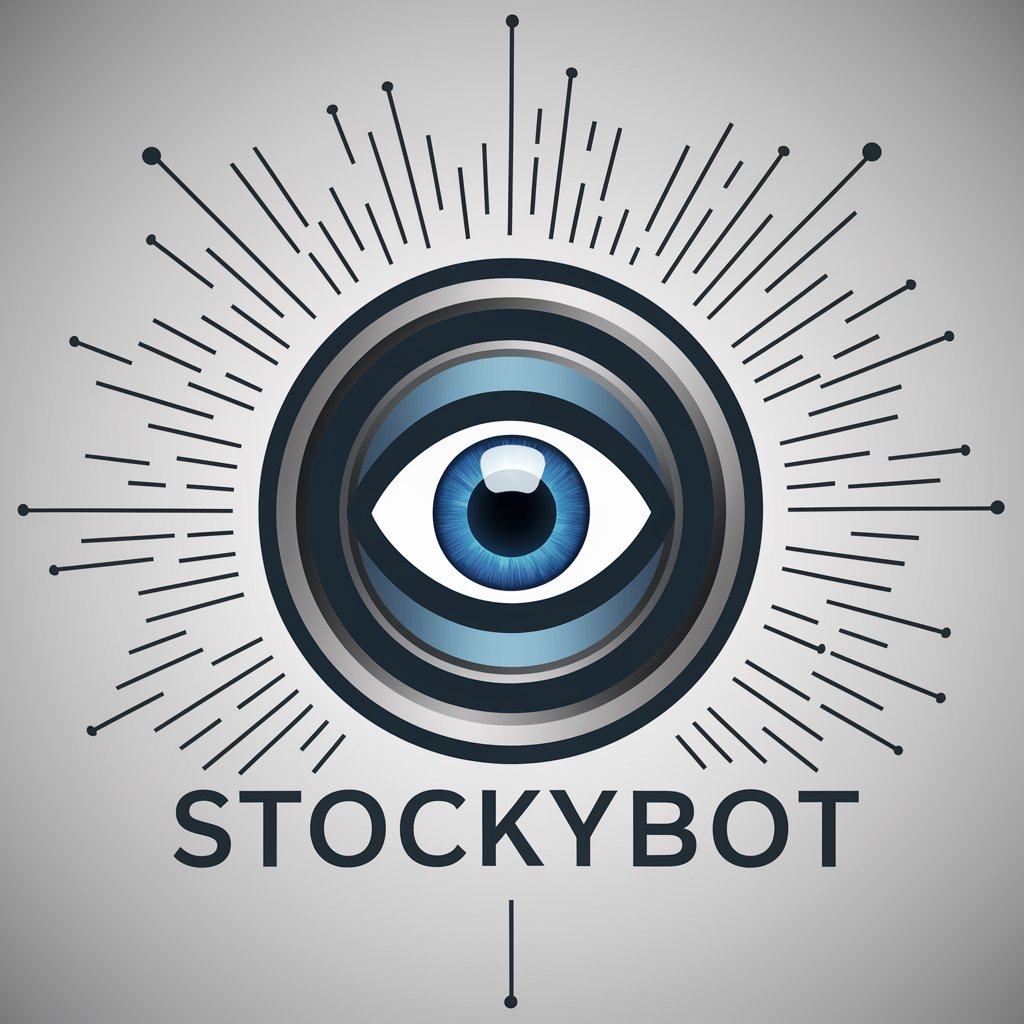
Yii2 Guru
Unlock Yii2 insights with AI precision.

Lokale Journalist
Empowering Local Journalism with AI Writing

Q&A about Ros2
What is Ros2?
Ros2, or Robot Operating System 2, is a set of software libraries and tools for building robot applications. It provides a framework for developing and managing robotic systems, including communication between hardware components, sensors, and actuators.
What are the key differences between Ros1 and Ros2?
Ros2 introduces several improvements over Ros1, including better real-time performance, support for multiple platforms and programming languages, enhanced security features, and improved scalability for large systems. Additionally, Ros2 offers a more modular architecture and better support for industry standards.
How do I create a new Ros2 package?
To create a new Ros2 package, use the 'ros2 pkg create' command followed by the name of your package. This will generate the necessary directory structure and configuration files for your package. You can then add your code and dependencies to the package and build it using the appropriate tools.
What communication patterns does Ros2 support?
Ros2 supports various communication patterns, including point-to-point, publish-subscribe, and request-response. These patterns enable flexible communication between nodes in a Ros2 system, allowing for efficient data exchange and coordination.
How can I contribute to the Ros2 project?
You can contribute to the Ros2 project by participating in the development process, submitting bug reports, contributing code or documentation, and engaging with the community through forums, mailing lists, and collaborative projects.
